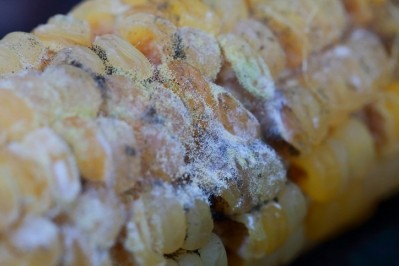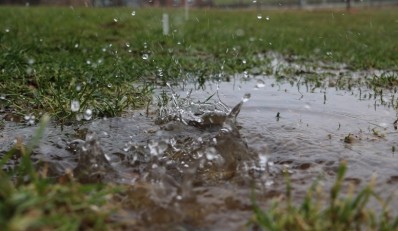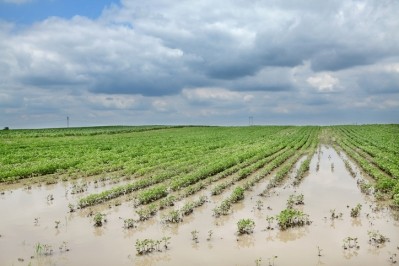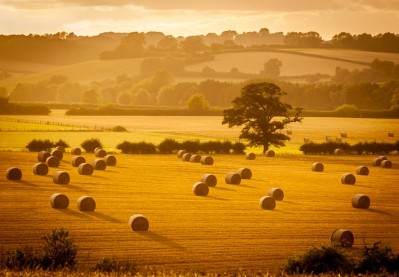US sees feed damage, livestock losses from flooding
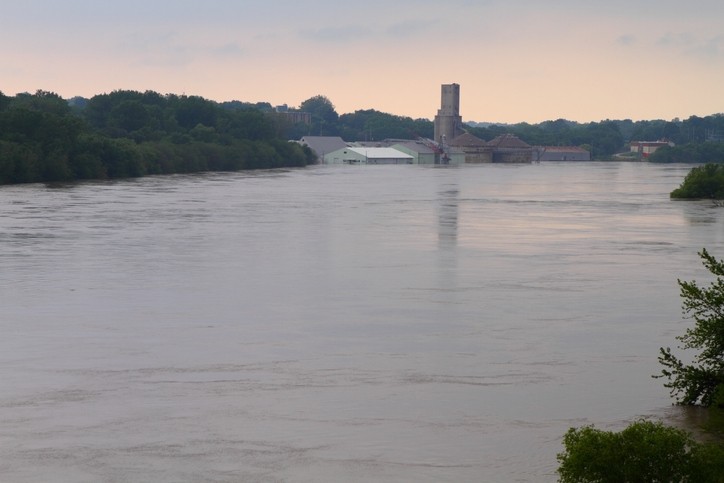
The US Food and Drug Admiration (FDA) provided guidance for feed users on Wednesday [March 20] related to potential damage from the extreme weather and flooding in the Central and Southern Plains.
Flooding has been reported in multiple states including Iowa, Nebraska, Missouri, Illinois, Michigan and South Dakota. Nebraska declared a state of emergency in 74 counties and the governor signed an expedited presidential disaster declaration on Tuesday following the flooding and extreme weather.
Livestock losses from the extreme cold, blizzard conditions and flooding have been reported in Nebraska, according to the disaster declaration. Damage estimates include about $400m in losses to feedlot and cow/calf operations including about $36m in feed and crop losses.
US President Donald Trump declared a disaster in Nebraska on Thursday [March 21] and ordered federal aid to supplement state efforts.
Producers and grain storage facilities in those regions may have had facilities or stored grains exposed to flood waters, said the FDA’s Center for Veterinary Medicine (CVM).
Although few crops are currently in the field, feed crops that have been harvested or stored may be contaminated and no longer fit for use, the agency said.
Other challenges facing producers including reaching animals, accessing feed, facility and fence damage and livestock losses.
Damage for crop, animal producers
In Nebraska, one factor that contributed to the flooding was frozen ground, said Kurtis Harms, director of communication with the Nebraska Corn Board.
“Once it was starting to warm up, coupled with the rains in the last week, there was nowhere for the water to go,” he told us.
Total damage is still being assessed, he said. But, initial findings indicate that the “damage was pretty significant in terms of damage to livestock, damage to fields and homes.”
Floodwaters have receded in some places, however, roads and bridges also took damage, he said.
Feed supplies in some areas may be running low, Harms said. “There is a lot of grain on farms and in elevators that won’t be useful now,” he added.
On the production side, damage to fields is being checked, he said.
“At this point, they are expecting a lot of delayed planting this year,” he said. “There may be some farmers who aren’t as productive.”
However, available resources are being made available for producers, and donations are being collected, he said.
For livestock producers in the state, the flooding brings the need to repair or replace fences and facilities, said Talia Goes, communications coordinator with Nebraska Cattlemen. The floodwater carried ice chunks that caused some of the damage.
“The feed is a huge issue and a lot stems from infrastructure damage,” she told us. “They’ve lost all of that in the flood waters or if they didn’t lose it, because of the infrastructure damage, they can’t get the feed they have to the animals.”
Some producers also have reported that they may not be able to use damaged pastures this year as dirt repair work needs to be done and topsoil washed away, she said. The recovery process remains somewhat weather dependent at this stage.
“It’s too muddy to get out there and start repairing,” she added.
Flooding and feed contamination
Stored feed and feed ingredients could see damage from floodwater contamination, said the CVM. Some states also have specific requirements related to the use of siloed materials in animal feed.
“Flood waters, which are different from pooled rainwater, may contain sewage, pathogenic organisms, pesticides, chemical wastes, or other toxic substances,” the agency said. “Mold growth is another serious concern for flood-impacted crops intended for use in animal food. Some molds produce mycotoxins, which are toxic to certain animals and people.”
However, some harvested food crops may be salvaged and used as animal feed, the agency said. “FDA will work with producers to consider requests to recondition an adulterated crop into animal food on a case-by-case basis,” it added.
Flood damaged grain is considered adulterated, reported Iowa State University in response to the multi-state flooding event. The contaminated grain needs to be destroyed.
However, if stored grain has flooded the moisture likely will not move more than a foot above the flood water line and there may be an opportunity to save non-contaminated dry grain in the top of the storage structure, the university experts said.
When present, dry grain should be removed first from the top or side of the storage structure, they said. However, it should not be moved through the damaged grain and care needs to be taken not to mix mud or gravel from flooded ground into the non-contaminated grain.
Additionally, wet grain expands – especially soybeans – and may damage storage facilities, the university said.
